Home>Storage & Organization>Kitchen Organizing Tools>How To Organize A Walk In Pantry
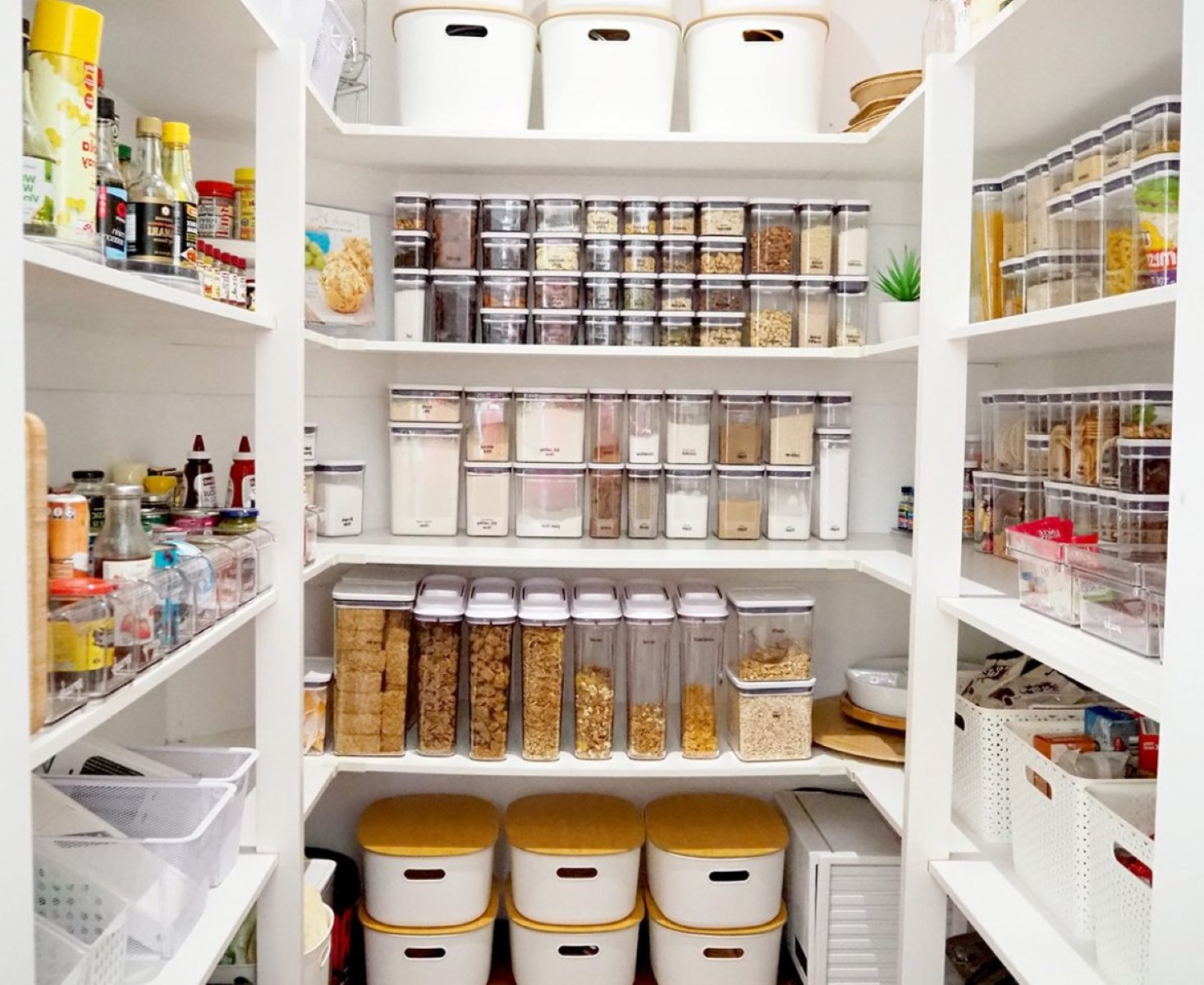

Kitchen Organizing Tools
How To Organize A Walk In Pantry
Published: March 2, 2024
Learn how to efficiently organize your walk-in pantry with the best kitchen organizing tools. Maximize space and keep everything in order effortlessly. Discover expert tips now!
(Many of the links in this article redirect to a specific reviewed product. Your purchase of these products through affiliate links helps to generate commission for Storables.com, at no extra cost. Learn more)
Benefits of a Walk In Pantry
A walk-in pantry can be a game-changer for your kitchen organization. Here are some benefits of having a walk-in pantry:
-
Ample Storage Space: A walk-in pantry provides you with ample space to store all your dry goods, canned items, kitchen appliances, and more. This means you can keep your kitchen cabinets clutter-free and have everything neatly organized in one dedicated space.
-
Easy Access: With a walk-in pantry, you can easily see and access all your pantry items. No more rummaging through crowded cabinets to find that elusive spice jar or can of beans. Everything is within arm's reach, making meal prep and cooking a breeze.
-
Stocking Up: Having a walk-in pantry allows you to stock up on non-perishable items, bulk purchases, and kitchen essentials without worrying about where to store them. This can be especially handy for families or individuals who like to buy in bulk or have a large collection of pantry staples.
-
Organizational Flexibility: A walk-in pantry gives you the flexibility to customize the space according to your needs. You can install shelves, drawers, baskets, and other storage solutions to create a tailored organizational system that works for you.
-
Enhanced Kitchen Aesthetics: By keeping non-perishable items and kitchen supplies in a walk-in pantry, you can maintain a clutter-free and visually appealing kitchen. This can make your kitchen feel more spacious and inviting, as well as streamline your cooking and meal preparation processes.
In summary, a walk-in pantry offers ample storage space, easy access to pantry items, the ability to stock up on essentials, organizational flexibility, and enhanced kitchen aesthetics. These benefits make it a valuable addition to any home, providing practicality and efficiency in the kitchen.
Key Takeaways:
- A walk-in pantry provides ample storage, easy access, and organizational flexibility, making meal prep a breeze and enhancing kitchen aesthetics. It’s a valuable addition for practicality and efficiency in any home.
- Assessing pantry space, designing a functional layout, and choosing the right storage solutions are crucial for creating an organized walk-in pantry. Grouping items, maintaining labels, and regular inventory checks help maintain its efficiency and functionality.
Read more: How To Organize A Walk-in Pantry
Assessing Your Pantry Space
When it comes to organizing a walk-in pantry, the first step is to assess the available space. Here's how to go about it:
-
Take Inventory: Begin by taking inventory of all the items you plan to store in your pantry. This includes dry goods, canned items, kitchen appliances, and any other miscellaneous items that need a home. By knowing what you have, you can better plan for the storage solutions you'll need.
-
Measure the Space: Grab a measuring tape and measure the dimensions of your walk-in pantry. Note the width, height, and depth of the space. This will help you determine the layout and the types of storage solutions that will fit comfortably in the pantry.
-
Assess Accessibility: Consider how easily accessible the items in your pantry are. Are there any hard-to-reach corners or shelves? Assessing the accessibility of your pantry will help you plan for the placement of frequently used items and ensure that everything is within reach.
-
Evaluate Lighting and Ventilation: Lighting and ventilation are important factors to consider when assessing your pantry space. Adequate lighting will make it easier to see and access items, while proper ventilation will help maintain the freshness of your pantry goods.
-
Identify Problem Areas: Take note of any problem areas in your pantry, such as cluttered shelves, wasted space, or inefficient storage solutions. Identifying these areas will help you come up with a plan to address and optimize the space.
By thoroughly assessing your walk-in pantry space, you'll be better equipped to design and organize it in a way that maximizes functionality and efficiency. This initial step sets the foundation for a well-organized and user-friendly pantry that suits your specific needs.
Designing Your Pantry Layout
Designing the layout of your walk-in pantry is a crucial step in creating an organized and functional space. Here's how to approach this task:
-
Consider Workflow: Think about how you use your pantry. Do you need a designated area for meal prep, a space for small appliances, or a section for kids' snacks? By considering your daily workflow, you can design a layout that caters to your specific needs.
-
Zone Your Pantry: Divide your pantry into zones based on the types of items you store and how frequently you access them. For example, create a baking zone for flour, sugar, and baking supplies, a snack zone for chips and crackers, and a cooking zone for oils, spices, and sauces. This zoning approach makes it easier to locate items and maintain an organized space.
-
Utilize Vertical Space: Make the most of your pantry's vertical space by installing floor-to-ceiling shelving or cabinetry. Adjustable shelves are a great option as they allow you to customize the height of each shelf to accommodate items of various sizes.
-
Incorporate Drawers and Baskets: Consider adding drawers and baskets to your pantry layout. These are perfect for storing smaller items, loose packets, and snacks. Pull-out drawers and wire baskets can help keep items visible and easily accessible.
-
Create a Beverage Station: If you have the space, consider dedicating an area in your pantry for beverages. Install a wine rack, a section for coffee and tea supplies, or a small refrigerator for drinks. This can help free up space in your kitchen cabinets and streamline your morning routine.
-
Include a Work Surface: If your pantry is large enough, incorporating a work surface can be incredibly useful. This can serve as a space for meal prep, a makeshift office area, or a spot for sorting through groceries. A countertop or a simple table can provide a convenient surface for various tasks.
-
Plan for Deep Storage: Reserve the lower shelves or cabinets for larger items, bulk purchases, and appliances that aren't used as frequently. This deep storage area can accommodate items like large pots, small kitchen appliances, and extra supplies that you don't need to access daily.
By carefully designing the layout of your walk-in pantry, you can create a well-organized space that caters to your specific storage needs and enhances the functionality of your kitchen. This thoughtful approach to layout design sets the stage for an efficient and user-friendly pantry.
Use clear storage containers to keep items visible and organized in your walk-in pantry. Label each container to easily find what you need.
Choosing the Right Storage Solutions
When it comes to organizing a walk-in pantry, choosing the right storage solutions is essential for maximizing space and maintaining an organized environment. Here are some key considerations for selecting the right storage solutions:
-
Shelving: Adjustable shelving is a versatile option for a walk-in pantry. It allows you to customize the height between shelves to accommodate items of various sizes. Consider wire shelving for better ventilation and visibility of items, or solid shelves for stability and support of heavier items.
-
Pull-Out Baskets: Pull-out wire baskets are ideal for storing loose items, snacks, and produce. These baskets provide easy access to items and make it simple to see what's stored inside. They can be installed at various heights to make the most of the available space.
-
Drawer Inserts: Utilize drawer inserts to keep small items organized and easily accessible. Dividers and trays can help separate and categorize items such as utensils, spice packets, and small kitchen tools. Consider adjustable or customizable inserts to fit your specific needs.
-
Lazy Susans: Lazy Susans are a great solution for corner spaces or deep shelves. They allow you to access items at the back of the pantry without having to reach or rummage. Use them for storing condiments, canned goods, or jars for easy rotation and access.
-
Clear Containers: Opt for clear, airtight containers for storing dry goods such as flour, sugar, rice, and pasta. Clear containers make it easy to see the contents and monitor levels, while airtight seals help maintain freshness and prevent pests. Uniform containers also create a cohesive and organized look.
-
Over-the-Door Storage: Make use of the back of the pantry door by installing an over-the-door organizer. This space-saving solution is perfect for storing small items like spices, wraps, or kitchen tools. It maximizes vertical space and keeps frequently used items within reach.
-
Labeling Systems: Implement a labeling system to keep track of items and maintain organization. Use adhesive labels, chalkboard labels, or a label maker to clearly mark the contents of containers, shelves, and baskets. This makes it easy to find what you need and helps family members know where to return items.
-
Vertical Dividers: Install vertical dividers or tension rods to separate baking sheets, cutting boards, and trays. This prevents them from leaning against each other and makes it easier to grab the one you need without disrupting the rest. Vertical dividers can also be used to organize platters and serving trays.
By carefully selecting the right storage solutions for your walk-in pantry, you can create a well-organized and efficient space that suits your specific storage needs. These solutions help maximize the available space, improve accessibility, and maintain a clutter-free and visually appealing pantry.
Organizing Your Pantry Items
Organizing the items in your walk-in pantry is essential for maintaining a clutter-free and functional space. Here's how to effectively organize your pantry items:
-
Group Similar Items: Start by grouping similar items together. This could include grouping canned goods, baking supplies, snacks, and spices. By keeping like items together, you can easily locate what you need and prevent duplicate purchases.
-
Utilize Zones: Utilize the zoning approach to organize your pantry items. Create designated zones for different categories of items, such as a baking zone, snack zone, breakfast zone, and cooking zone. This makes it easier to find specific items and maintain an organized space.
-
Arrange by Frequency of Use: Arrange your pantry items based on how frequently you use them. Keep frequently used items at eye level or within easy reach, while placing occasional-use or seasonal items on higher or lower shelves.
-
Implement FIFO: FIFO (First In, First Out) is a principle commonly used in food storage. Arrange your pantry items so that the oldest items are used first. This helps prevent food waste and ensures that items are consumed before their expiration dates.
-
Consider Visibility: Store items in clear containers or use open shelving to improve visibility. Being able to see what you have at a glance makes it easier to take inventory and prevents items from getting lost or forgotten.
-
Use Storage Bins and Baskets: Utilize storage bins and baskets to corral smaller items and loose packets. Group similar items together in bins and label them for easy identification. This prevents small items from creating clutter on shelves.
-
Maximize Vertical Space: Make use of vertical space by installing hooks, racks, or hanging organizers for items such as aprons, kitchen towels, and small utensils. This helps free up shelf space for larger items and creates a more organized environment.
-
Label Everything: Implement a labeling system to clearly mark the contents of containers, bins, and shelves. Use labels that are easy to read and understand, making it simple for everyone in the household to find and return items to their designated spots.
By organizing your pantry items in a thoughtful and systematic manner, you can create a well-structured and efficient space that simplifies meal preparation, minimizes waste, and enhances the overall functionality of your walk-in pantry.
Maintaining Your Walk In Pantry
Maintaining an organized walk-in pantry is essential for ensuring that it continues to function efficiently and remains clutter-free. Here are some tips for effectively maintaining your walk-in pantry:
-
Regular Inventory Checks: Schedule regular inventory checks to assess the contents of your pantry. This helps you identify items that are running low, expired, or no longer needed. By staying on top of your pantry inventory, you can avoid clutter and prevent the accumulation of unnecessary items.
-
Clean and Declutter: Periodically clean and declutter your walk-in pantry to remove any expired or stale items, as well as to tidy up the space. Wipe down shelves, containers, and surfaces to maintain a clean and hygienic environment. Decluttering also allows you to reorganize items and optimize the space.
-
Rotate Stock: Practice FIFO (First In, First Out) by rotating your stock of pantry items. When restocking your pantry, place newer items behind older ones to ensure that the oldest items are used first. This helps prevent food waste and ensures that items are consumed before they expire.
-
Reassess Storage Solutions: Over time, your storage needs may change, and certain storage solutions may no longer be as effective. Periodically reassess your storage solutions and make adjustments as needed. Consider adding or replacing storage bins, baskets, or shelving to better accommodate your pantry items.
-
Maintain Labels: Ensure that labels on containers, shelves, and storage bins remain clear and legible. If labels become smudged or worn, take the time to re-label items to avoid confusion and maintain organization. A well-maintained labeling system makes it easier to find and return items to their designated spots.
-
Address Spills and Messes Promptly: Accidents happen, and spills or messes in the pantry can lead to disorganization and potential food waste. Address spills and messes promptly to prevent them from spreading and causing further chaos. Keeping a clean and tidy pantry environment is key to maintaining organization.
-
Regular Maintenance Tasks: Incorporate regular maintenance tasks into your routine, such as dusting shelves, checking for pests, and ensuring that all storage solutions are in good condition. By staying proactive with maintenance, you can address any issues before they escalate and disrupt the organization of your pantry.
-
Family Involvement: Encourage family members to participate in maintaining the walk-in pantry. Assign specific tasks or responsibilities to each family member to ensure that everyone contributes to keeping the pantry organized. This fosters a sense of ownership and accountability for the pantry's upkeep.
By implementing these maintenance practices, you can ensure that your walk-in pantry remains well-organized, functional, and a valuable asset in your kitchen. Regular maintenance not only preserves the efficiency of the pantry but also contributes to a more enjoyable and stress-free cooking experience.
Frequently Asked Questions about How To Organize A Walk In Pantry
Was this page helpful?
At Storables.com, we guarantee accurate and reliable information. Our content, validated by Expert Board Contributors, is crafted following stringent Editorial Policies. We're committed to providing you with well-researched, expert-backed insights for all your informational needs.


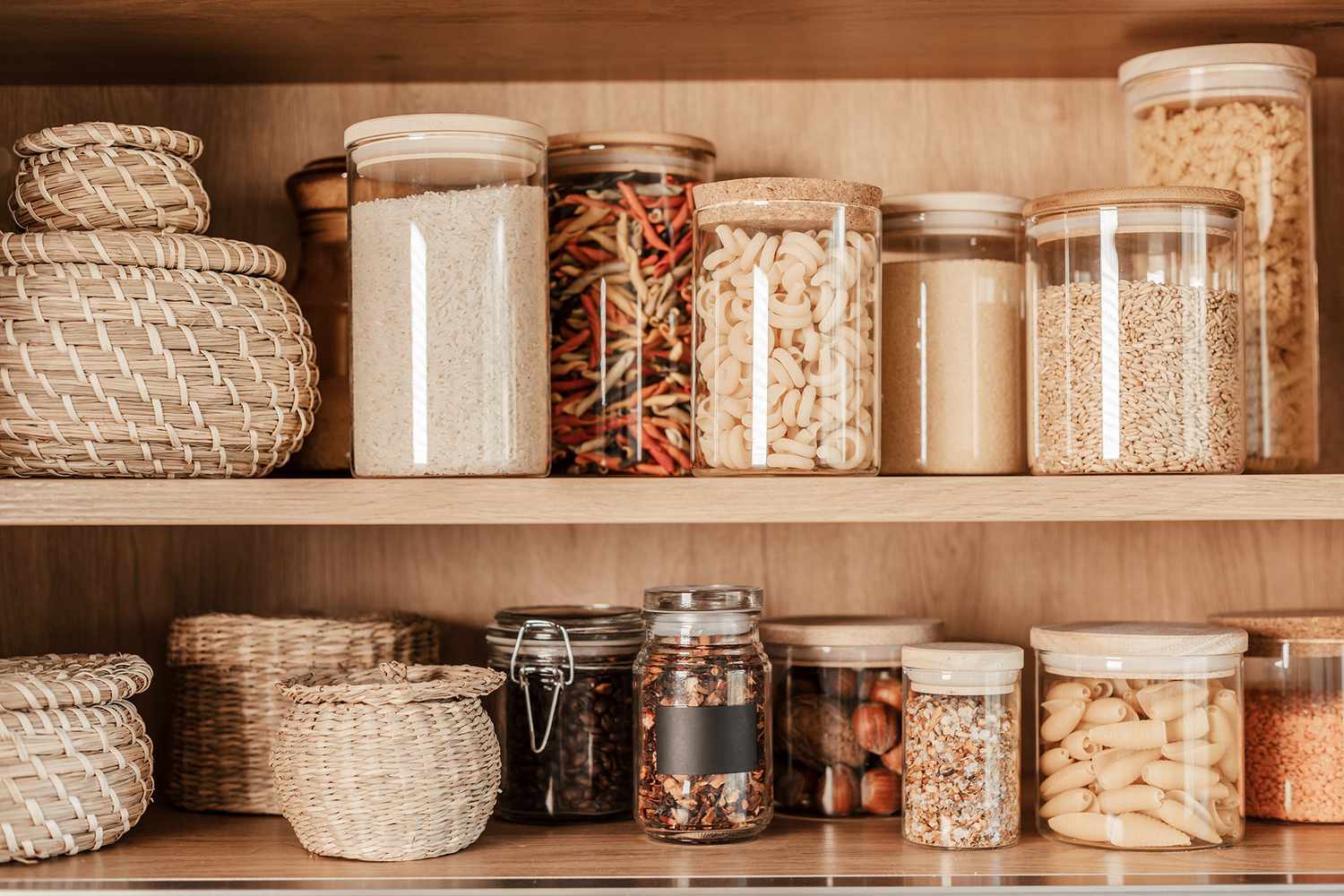
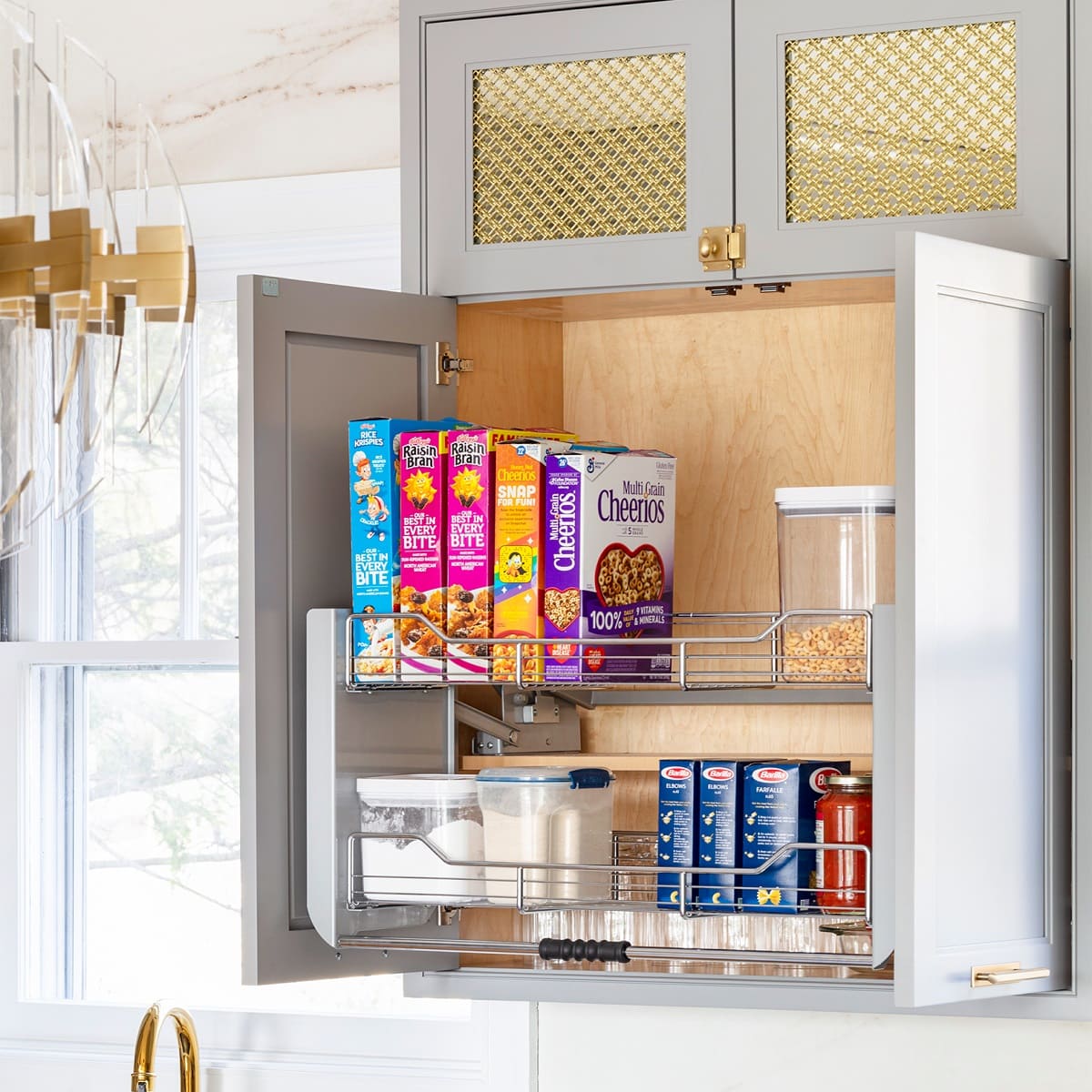
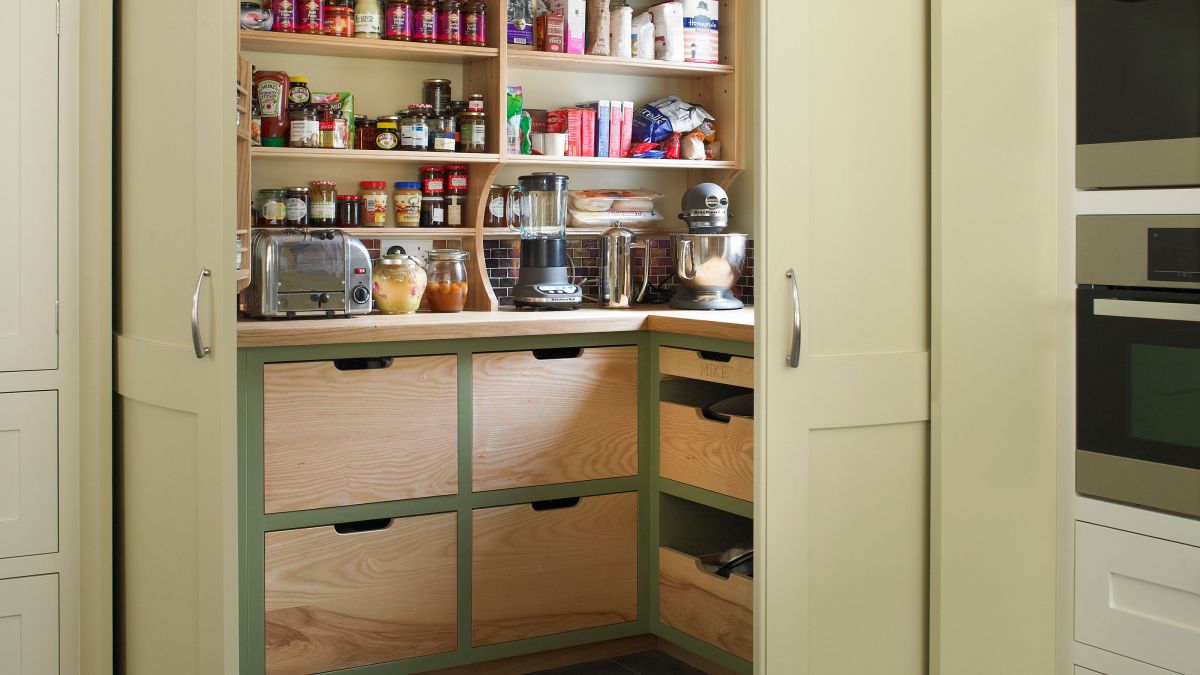
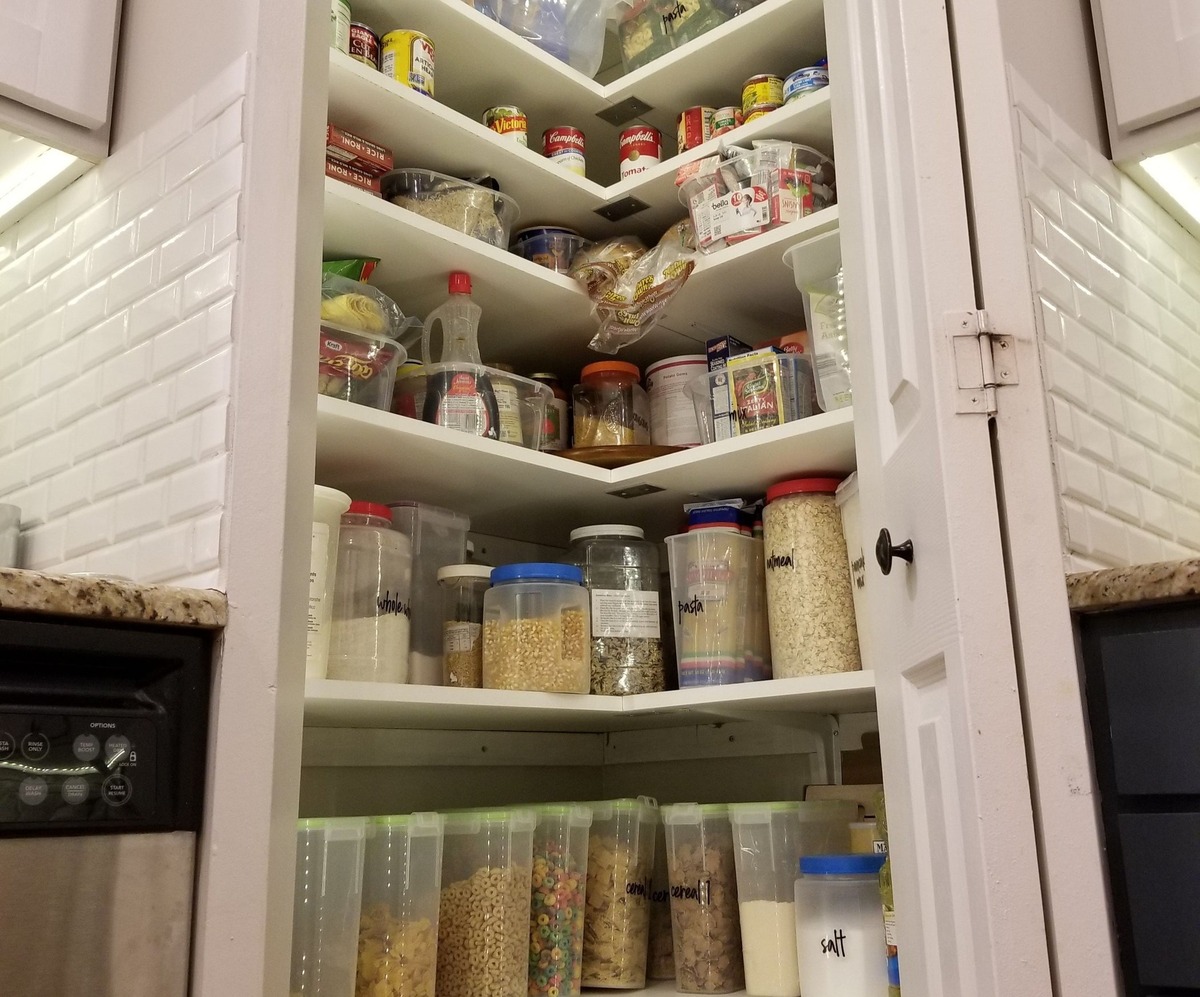
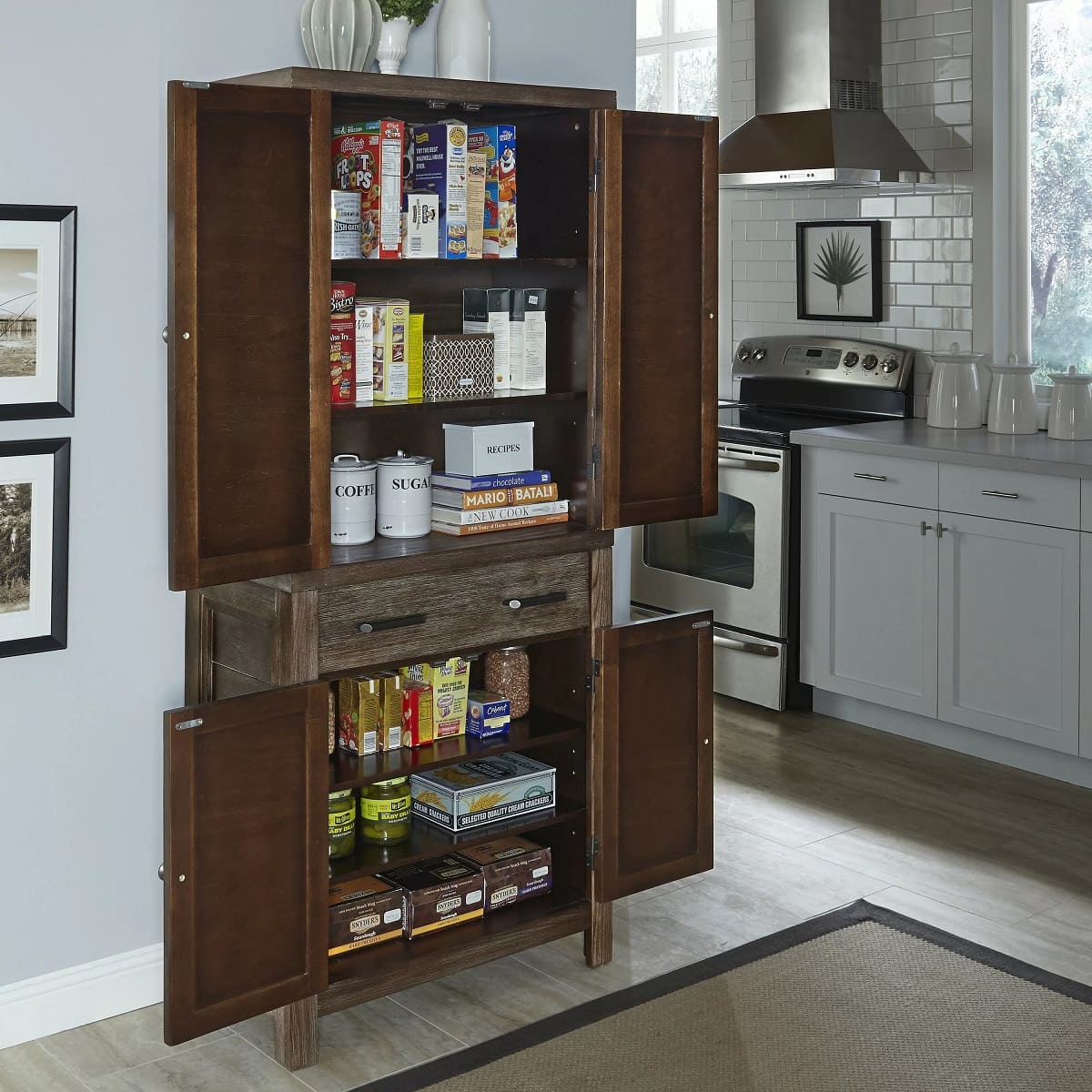


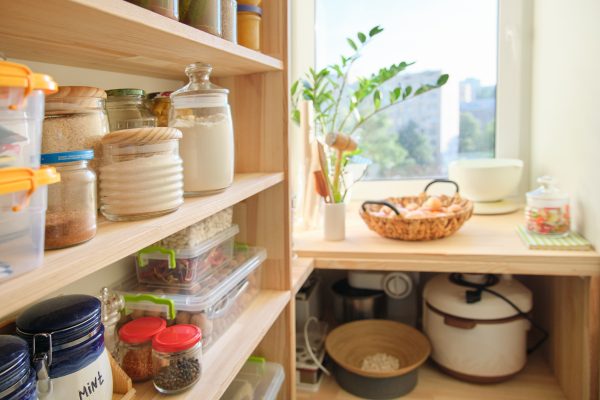
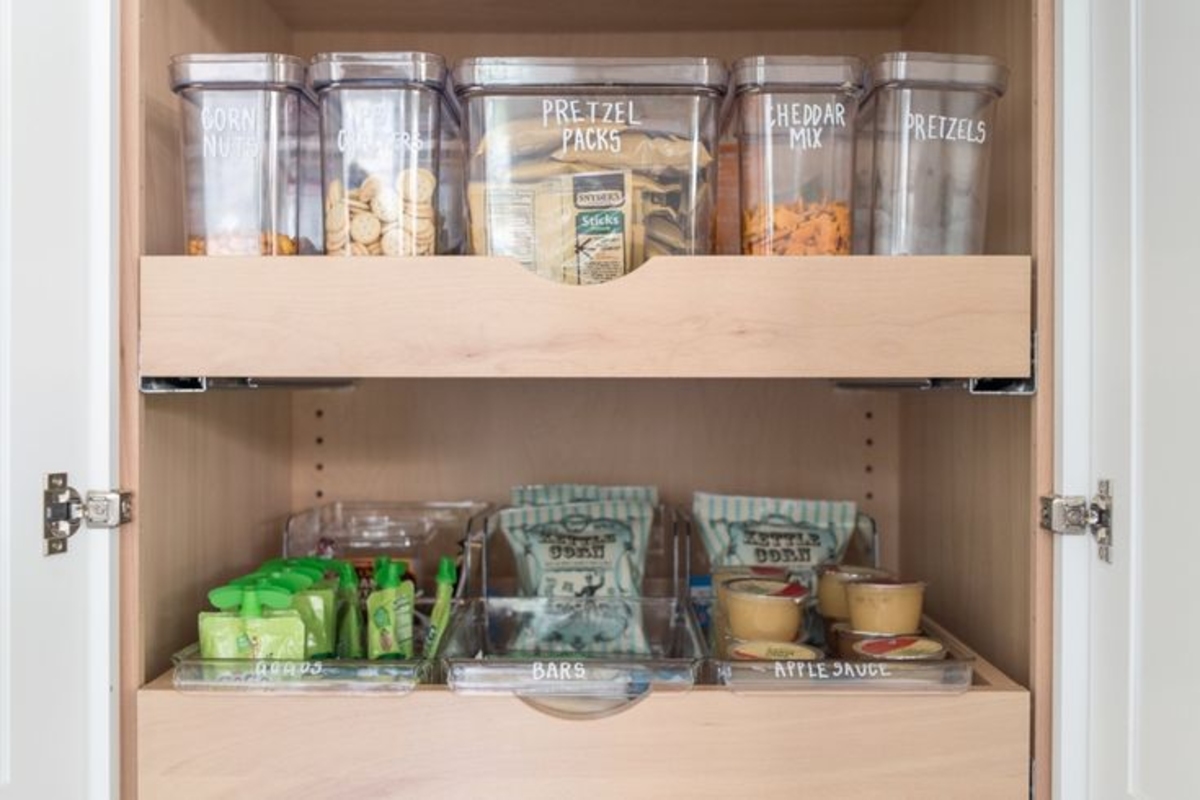
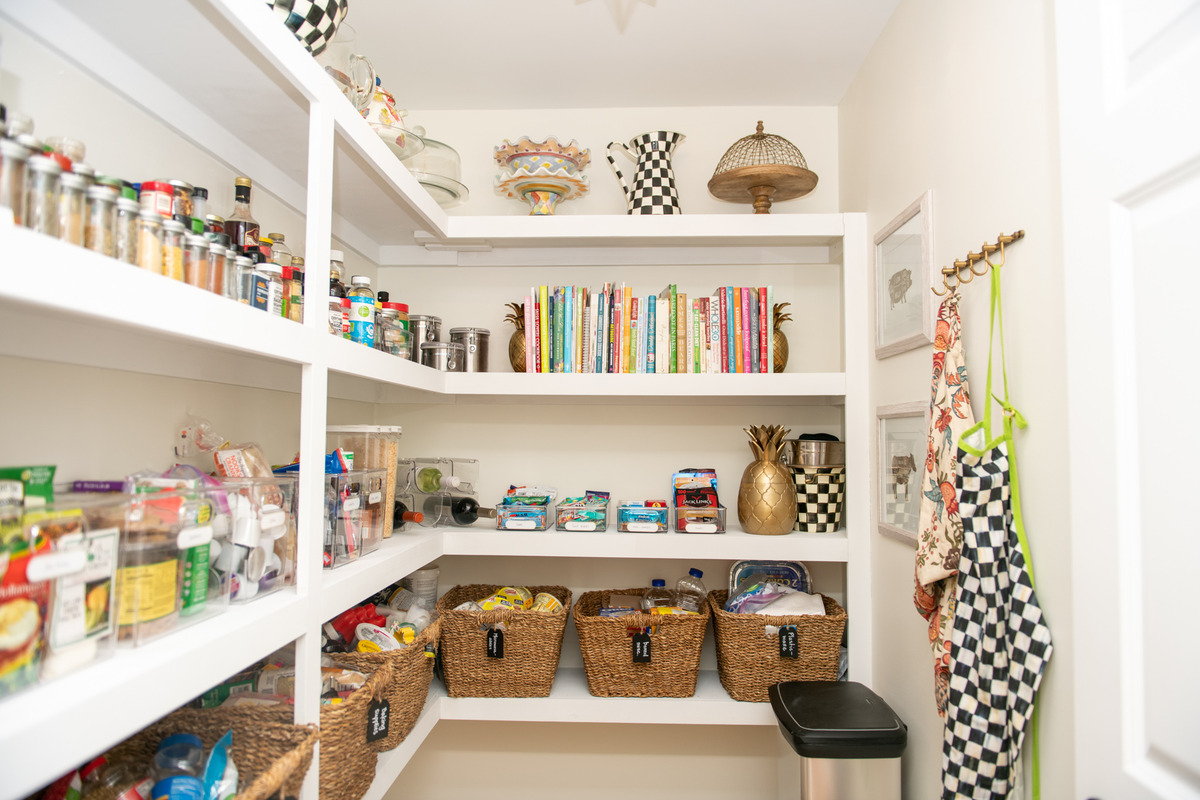
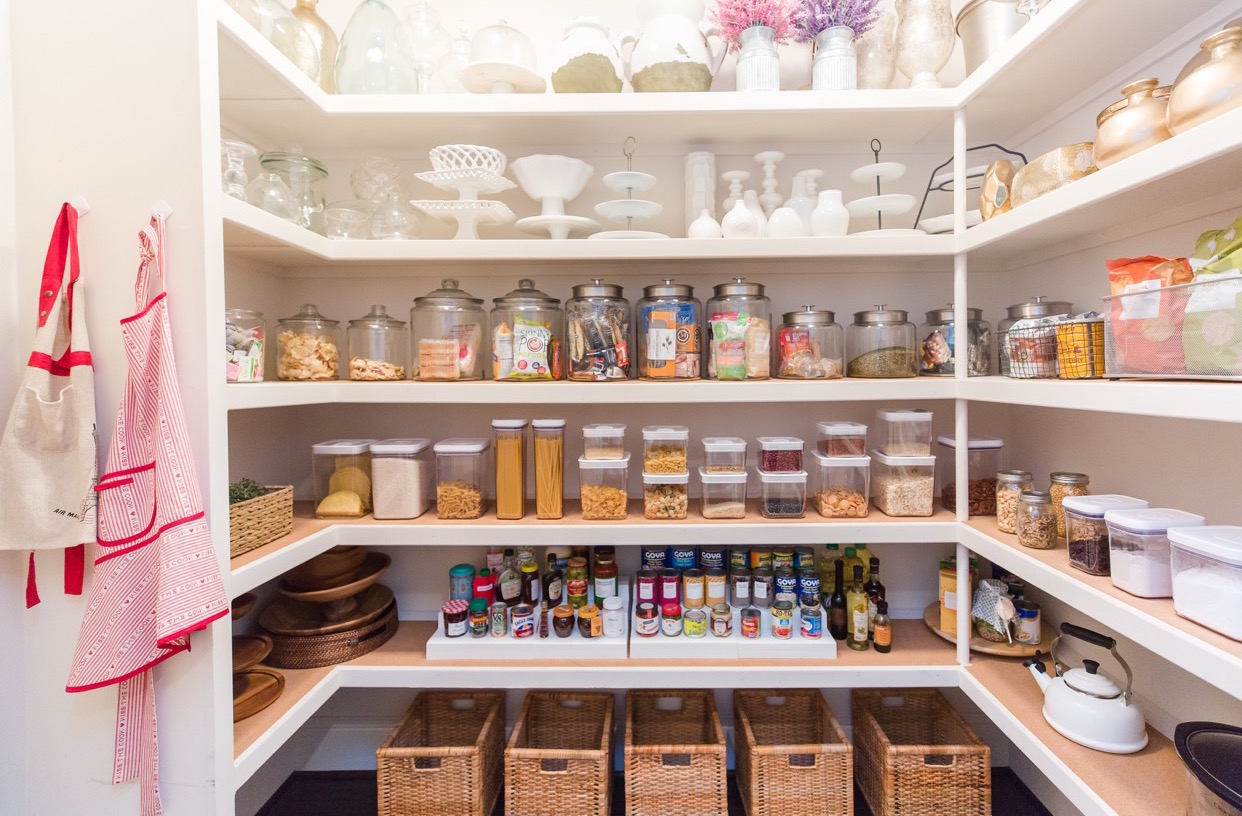


0 thoughts on “How To Organize A Walk In Pantry”